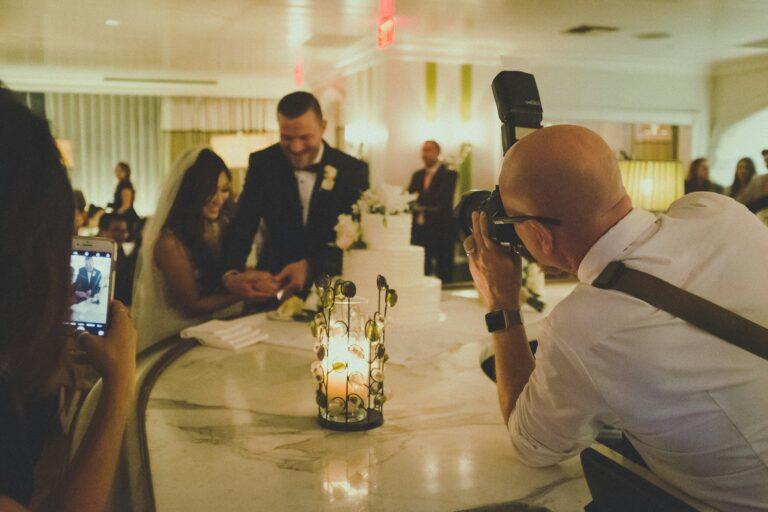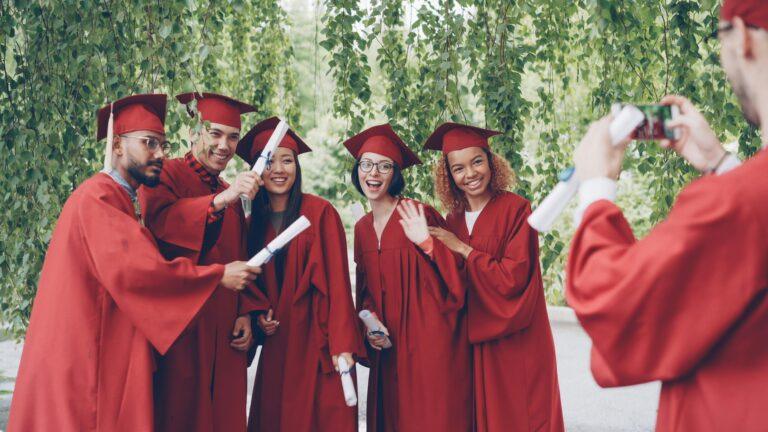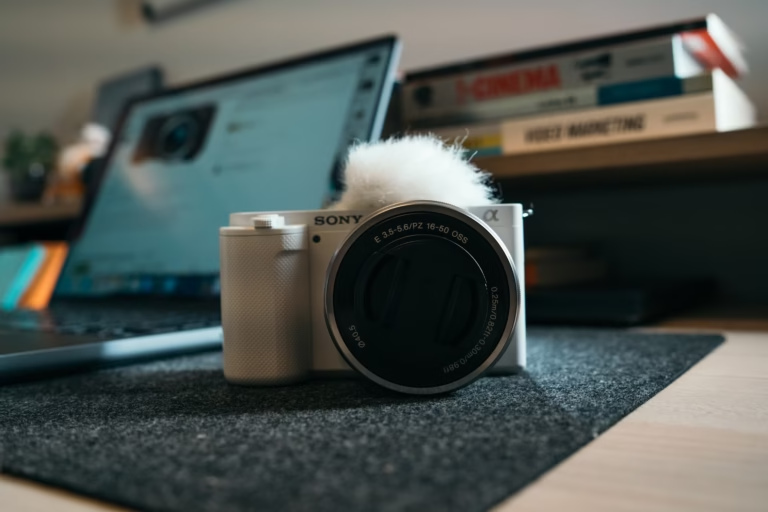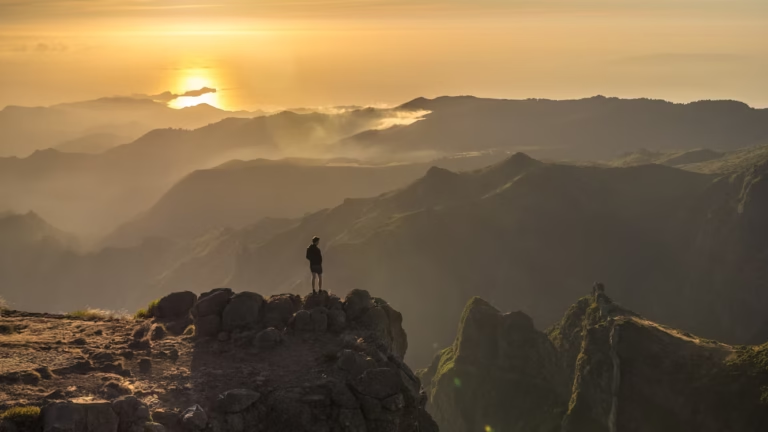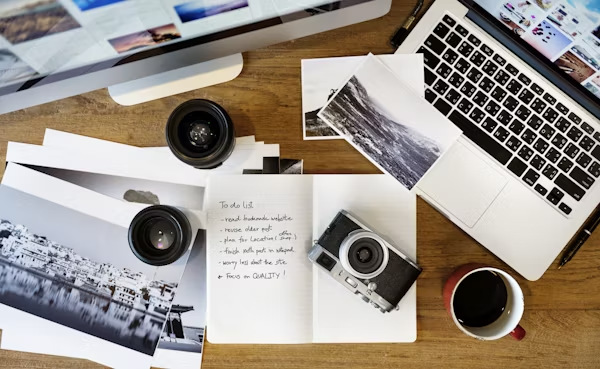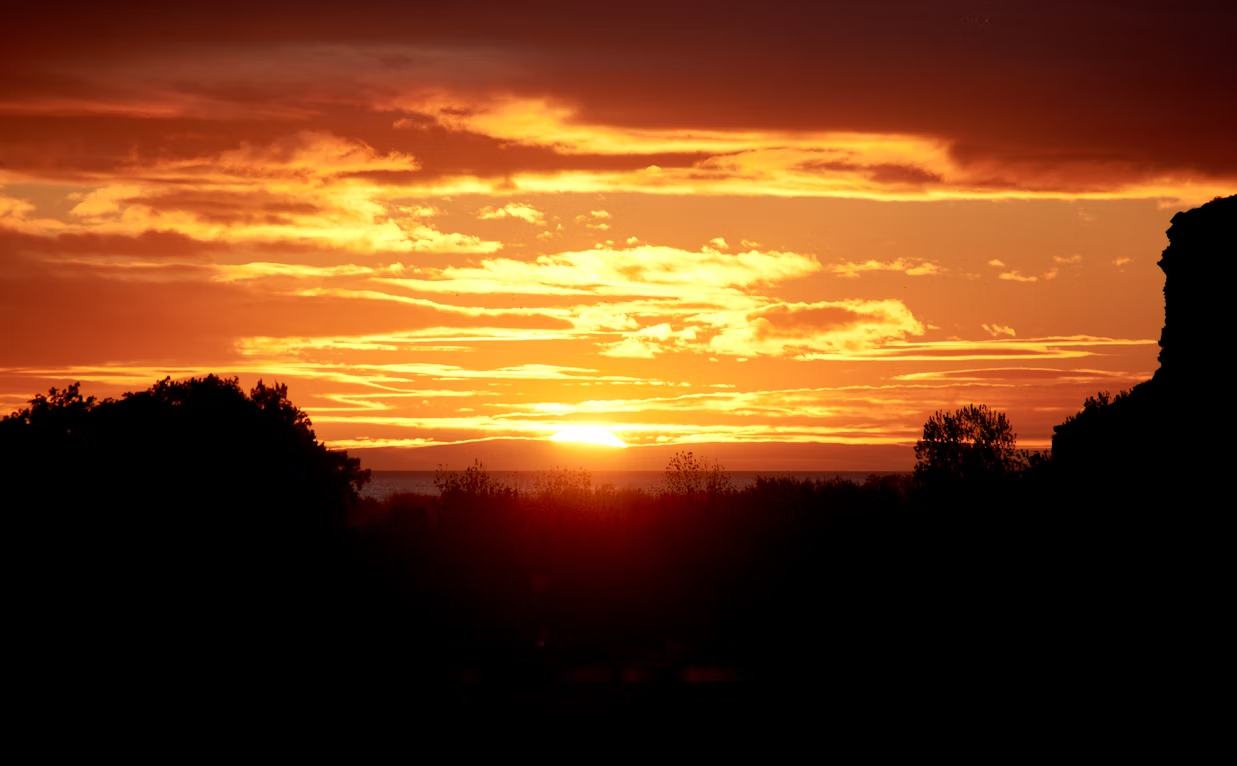
I once came across the question, “Golden hour vs blue hour, which is better for photography?” on a photography forum, and I immediately thought, “That’s a discussion worth exploring.” Every photographer, whether amateur or professional, knows that natural light is the heart of photography. Light dictates mood, tone, and the emotional impact of an image.
While artificial light can be controlled, natural light offers something no studio setup can replicate, its unpredictability, softness, and drama. Two particular times of day, the golden hour and the blue hour, are beloved by photographers worldwide. They both transform ordinary scenes into extraordinary works of art, but in very different ways.
Related Articles:
In this article, I’ll break down what these two magical hours are, why photographers swear by them, common mistakes to avoid, and finally compare them head-to-head so you can decide which works best for your style of photography.
What is the Golden Hour?
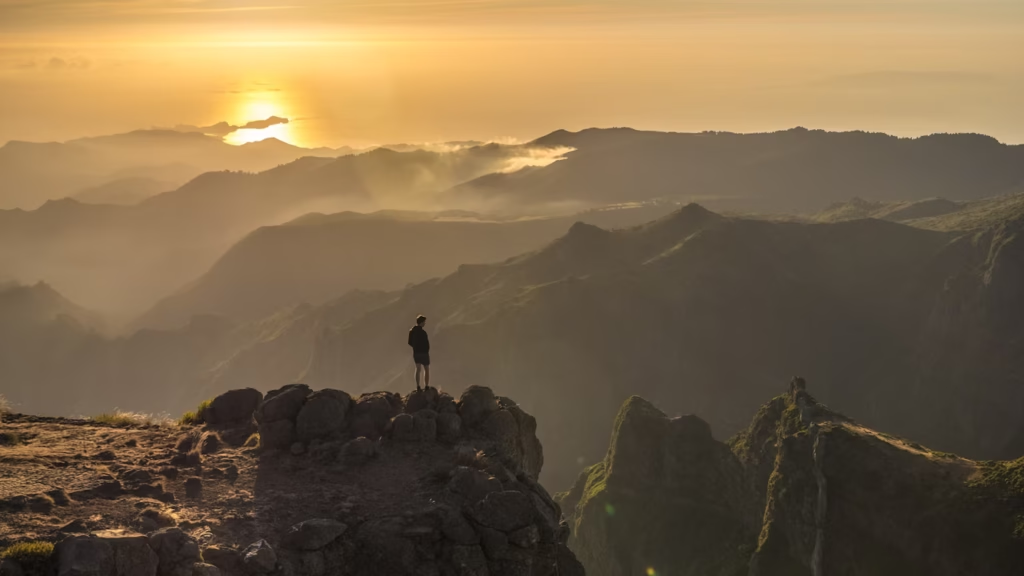
The golden hour refers to the short period right after sunrise and just before sunset when the sun is low on the horizon. During this time, sunlight appears softer, warmer, and more diffused. Shadows lengthen, highlights glow, and the world takes on a dreamy, golden tint.
Unlike the harsh, direct sunlight you get at midday, golden hour light has traveled through more of Earth’s atmosphere, scattering the shorter blue wavelengths and allowing more warm reds and oranges to dominate. This creates an almost cinematic quality that flatters subjects and elevates landscapes.
Why is Golden Hour Used for Photography?
- Soft Lighting: Golden hour eliminates the hard contrasts caused by midday light. Subjects look smoother, with fewer harsh shadows or blown highlights.
- Warm Color Temperature: The natural golden tones enrich skin tones, making portraits more flattering. Landscapes appear alive with hues of orange, amber, and pink.
- Long Shadows for Depth: The low angle of the sun produces elongated shadows that add drama, dimension, and storytelling to your shots.
- Versatility: Golden hour works well for portraits, landscapes, architecture, wildlife, street photography, and even macro shots. It’s forgiving for beginners and exciting for professionals.
- Natural Vignettes: The fading edges of light can create natural spotlights, drawing the eye toward your subject.
Top Mistakes to Avoid During Golden Hour Photography
- Arriving Late: Golden hour can last only 20–40 minutes, depending on your location. If you show up “on time,” you’re already late. Scout early.
- Overexposing: The bright glow can trick your camera meter. Check your exposure regularly and consider underexposing slightly to preserve detail in highlights.
- Ignoring White Balance: Auto white balance can neutralize the golden tones. Set your camera to “shade” or “cloudy” mode to keep the warmth intact.
- Using Only Auto Mode: Shooting in manual mode lets you control shutter speed, aperture, and ISO, ensuring you make the most of fleeting light.
- Not Using Shadows Creatively: Many beginners avoid shadows, but golden hour shadows can be the very element that makes your shot stand out.
What is the Blue Hour?
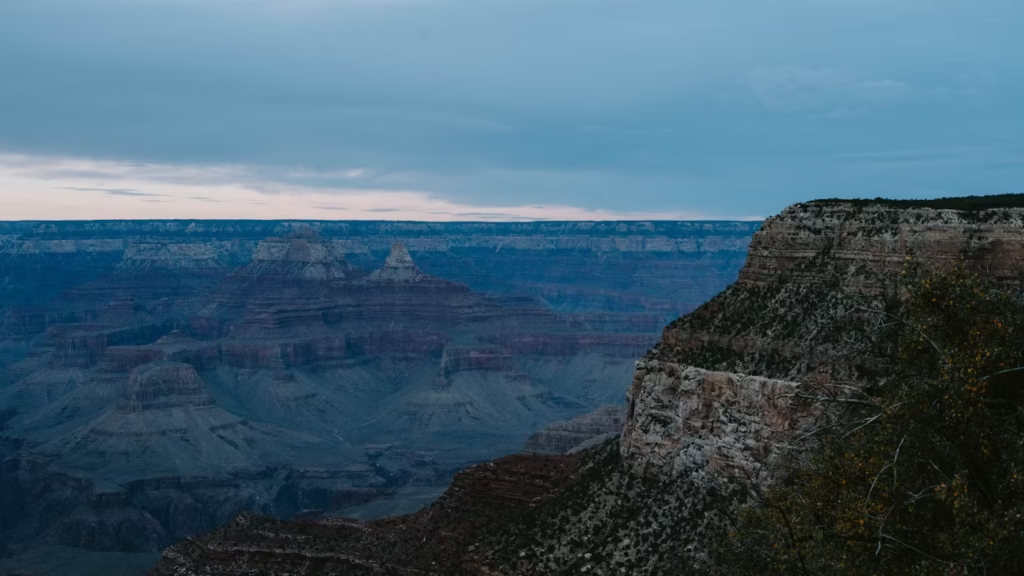
The blue hour is the short window before sunrise and after sunset when the sun is below the horizon, and the sky is painted with deep shades of blue, purple, and indigo. Unlike golden hour, which is about warmth, the blue hour is about cool tones and subtlety.
This period doesn’t just offer color; it provides balance. The sky glows with a soft, even light while artificial lights, like streetlamps, building lights, or car headlights, begin to come alive, creating striking contrasts.
Why Should Blue Hour Be Used for Photography?
- Cool, Moody Atmosphere: Blue tones convey tranquility, mystery, and sophistication, making them perfect for moody portraits and cityscapes.
- Balanced Exposure: The brightness of the sky is closer to that of artificial lights, making it easier to balance both in one shot. This is why blue hour is the golden time for architectural and city photography.
- Minimal Harshness: Without the sun directly shining, you get evenly lit scenes with fewer risks of overexposed highlights.
- Reflections Shine: Water bodies and wet surfaces reflect the cool tones beautifully, giving landscapes and urban photos a magical look.
- Perfect for Long Exposures: The low light allows you to use longer shutter speeds for silky water, light trails, and star-like effects in city lights.
Top Mistakes to Avoid During Blue Hour Photography
- Not Using a Tripod: Blue hour light is dim, so slower shutter speeds are required. Without a tripod, your shots risk blurriness.
- Underestimating Noise: Increasing ISO to compensate for low light can introduce noise. Use the lowest ISO possible and shoot RAW for flexibility.
- Arriving Too Late: The blue hour fades quickly, often within 30 minutes. Be ready and on location ahead of time.
- Ignoring Foreground Interest: A beautiful blue sky isn’t enough. Include buildings, people, or objects to give context.
- Forgetting White Balance Adjustments: Overly cool images can look unnatural. Adjust white balance to taste, or warm it slightly for contrast.
Golden Hour vs Blue Hour – Comparison
| Feature | Golden Hour | Blue Hour |
|---|---|---|
| Timing | Just after sunrise & just before sunset | Just before sunrise & just after sunset |
| Color Tone | Warm: oranges, reds, yellows, soft pinks | Cool: blues, indigos, purples |
| Mood/Emotion | Romantic, nostalgic, dreamy, cinematic | Mysterious, tranquil, moody, dramatic |
| Light Quality | Soft, flattering, directional | Even, diffused, low-light glow |
| Shadows | Long, dramatic, great for adding depth | Minimal; less shadow play |
| Best For | Portraits, landscapes, nature, weddings | Cityscapes, architecture, night transitions, moody portraits |
| Challenges | Fast-changing light, potential overexposure, squinting eyes | Low light requires tripod, risk of noise, quick fading |
| White Balance Tips | Use “shade” or “cloudy” to preserve warmth | Use “tungsten” or manual Kelvin settings to balance blues |
| Gear Needed | Reflector, lens hood, maybe flash fill | Tripod, fast lens, remote shutter release |
| Shooting Style | Works well handheld, forgiving for beginners | Demands more technical skill & preparation |
| Duration | 20–60 minutes (varies by location/season) | 20–40 minutes (often shorter than golden hour) |
| Unique Advantage | Naturally flattering light for people | Balanced exposure for artificial and natural light |
Additional Insights
- Storytelling: Golden hour is about highlighting natural beauty and warmth. It tells stories of beginnings, endings, and emotions tied to sunlight. Blue hour, on the other hand, creates narratives around transition, stillness, and the blending of day with night.
- Technical Skill Level: Beginners often find golden hour easier because the light is forgiving and flattering. Blue hour requires more technical knowledge, handling long exposures, balancing ISO, and working with tripods.
- Subject Matter: If you’re photographing people, golden hour almost always delivers. If your focus is architecture, city lights, or moody landscapes, blue hour is unmatched.
- Creative Potential: Golden hour offers warmth and glow that feels inviting. Blue hour, however, lets you experiment with light trails, reflections, or even star photography once the light fades further.
Quick Tips for Shooting During Golden & Blue Hour
- Scout Your Location: Visit ahead of time to find the best compositions.
- Arrive Early: Lighting changes fast. Give yourself time to set up.
- Select a Fast Lens: f/1.8 or f/2.8 lenses work wonders in low light.
- Know Your Camera: Familiarize yourself with settings so you don’t fumble when light is perfect.
- Watch Your White Balance: Keep golden tones warm or blue tones natural.
- Beware of Squinting Eyes: During golden hour, ask portrait subjects not to face the sun directly.
- Check Exposure Regularly: Adjust as the light fades or intensifies.
- Take Many Shots: Light changes every second; capture variations.
- Shoot in Manual Mode: Full control ensures consistent results.
- Stay Still or Use a Tripod: Especially crucial during blue hour.
- Carry a Reflector: Bounce warm or cool light onto your subject.
- Embrace Imperfections: Weather and clouds can create unexpectedly beautiful results.
- Capture Emotions: Light is just a tool; human emotion is what makes an image powerful.
Conclusion
So, golden hour vs blue hour, which is better for photography? The answer is neither and both.
If your goal is warmth, romance, and natural beauty, golden hour will be your best friend. If you’re chasing mystery, drama, or urban elegance, blue hour will feel like home. The real secret is to master both and use them as creative tools to tell different stories.
The beauty of photography is that light is never the same twice. No two golden hours or blue hours will ever look identical. That’s what makes chasing them so rewarding.
Which of the two do you prefer? Let me know in the comment section.
FAQs
1. How long does the golden hour last?
It usually lasts between 20 minutes to an hour, depending on your location and the season.
2. Can I shoot portraits during the blue hour?
Yes, but you’ll need a tripod or artificial lighting to avoid blurry results.
3. Is golden hour only good for outdoor photography?
No. Window light during golden hour can create stunning indoor portraits.
4. What camera settings are best for golden hour?
Start with ISO 100, aperture f/2.8–f/5.6, and shutter speed adjusted based on light. Always check your histogram.
5. What’s the best white balance for blue hour?
Set to “tungsten” or manually adjust to preserve the cool tones.
6. Why do some golden hour shots look too orange?
This often happens when auto white balance overcompensates. Adjust in-camera or during post-processing.
7. Can I shoot landscapes during blue hour?
Absolutely. Blue hour enhances reflections, mountains, and cityscapes beautifully.
8. Do professional photographers prefer golden or blue hour?
It depends on their style. Wedding photographers love golden hour; architectural and city photographers prefer blue hour.
9. Can weather affect golden and blue hour light?
Yes. Clouds can diffuse or block light, altering colors dramatically.
10. How can I predict golden and blue hours?
Use apps like PhotoPills or The Photographer’s Ephemeris to calculate exact times for your location.

